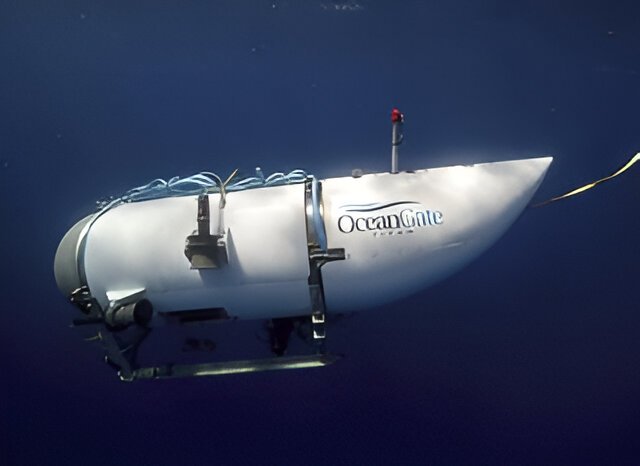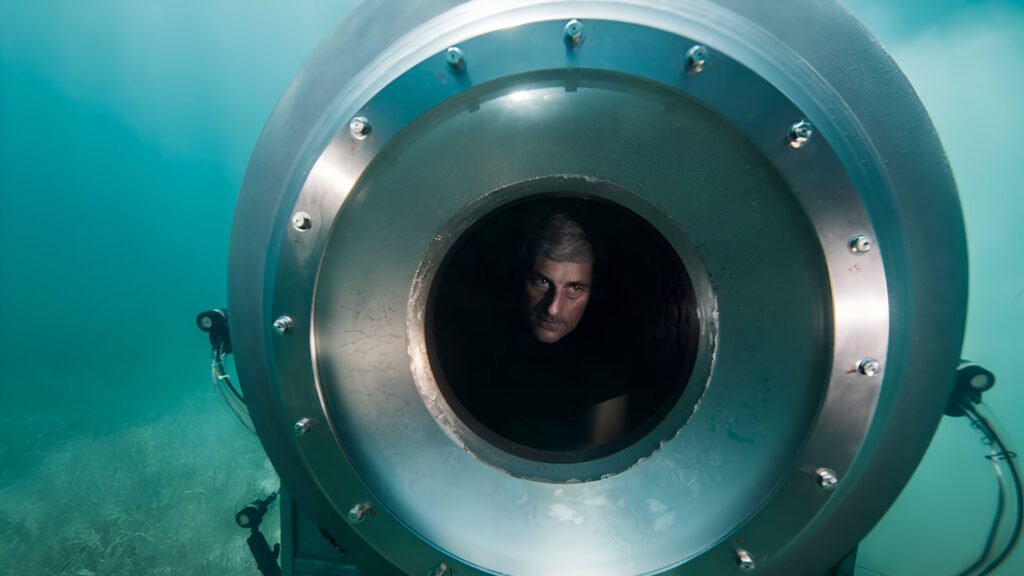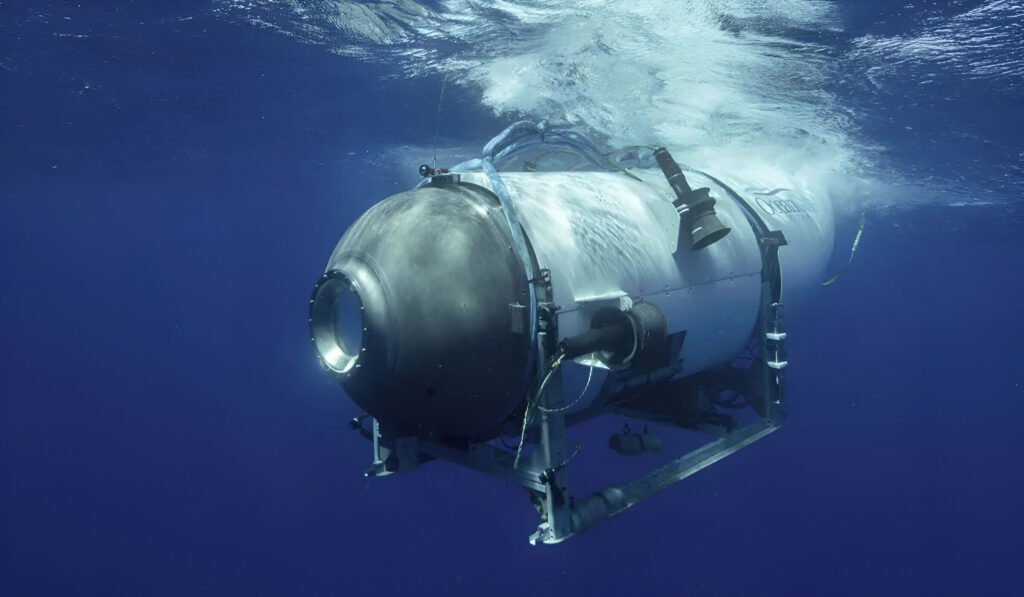
Netflix is all set to release a gripping documentary titled Titan: The OceanGate Disaster on June 11. Directed by Mark Monroe, this timely feature revisits one of the most haunting tragedies of modern-day exploration. The 2023 Titan submersible implosion killed all five men on board during a deep-sea expedition to the Titanic wreck. As the second anniversary of the tragedy nears, the documentary promises to reveal new revelations, question prevailing accounts, and look back at the dangers that accompany unchecked ambition.
A Mission Gone Fatally Wrong
The Titan submersible, developed by the experimental company OceanGate, was supposed to represent the future of deep-sea tourism. Priced at 250,000 dollars per ticket, it was built to take thrill-seeking adventurers to the bottom of the Atlantic Ocean to view the remains of the Titanic. Onboard during its ill-fated dive were OceanGate CEO Stockton Rush, British billionaire Hamish Harding, Pakistani businessman Shahzada Dawood, his 19-year-old son Suleman, and Titanic expert Paul-Henri Nargeolet.
What was supposed to be an experience of a lifetime became tragic when Titan collapsed hundreds of feet beneath the surface of the ocean, taking everyone aboard with it. The abrupt vanishing of the ship and the mystery behind its last moments left the world stunned. This Netflix documentary now combines fresh evidence, expert opinion, and a psychological portrait of the players at the center of it all, especially the troubled character at the center of it all, Stockton Rush.
A Disaster Years in the Making
What makes Titan: The OceanGate Disaster more than a retelling of a tragedy is how thoroughly it explores what caused the implosion. From the documentary’s account, this was not an accident. It was the result of years of professional negligence, unregulated practices, and a culture of recklessness disguised as innovation.

OceanGate’s submersible was built using a mix of carbon fiber and titanium, a combination not widely accepted in the deep-sea community for such depths. The firm asserted that Titan would be able to penetrate 4,000 meters underwater safely, but numerous specialists sounded alarms. Even more shocking, Titan was navigated with a customized gaming controller and did not have basic safety components such as an adequate beacon system. Interview participants in the documentary expose that connectivity with the ship depended on simple text messages from the surface. This is a mind-boggling fact for a mission venturing to such dangerous depths.
A Leader Obsessed with Legacy
A lot of the documentary centers on Stockton Rush, OceanGate’s creator and pilot of the Titan on its last dive. His risk-versus-safety philosophy is exposed through archival images and interviews that present a man who is not motivated by caution but by having an impact on an industry and a need to create a legacy. At some point, Rush had famously declared that safety was an absolute waste. The quote now seems particularly haunting in light of what occurred.
Rush felt that innovation entailed rule-breaking. But the film wonders if his brand of innovation undermined the boundary between courage and sheer disregard for human life. Netflix’s trailer promises a blistering portrait of a man who ignored advice and dismissed criticism, all for the sake of fortune and fame.
Missing Tools, Missing Accountability
Among the main issues emphasized is Titan’s absence of standard safety equipment. Due to its unconventional design and cost-saving decisions like employing off-the-shelf components, the submersible lacked important logging or monitoring equipment. Lack of regulation and surveillance is a main theme of the film. It discusses how loopholes in the laws on maritime and commercial exploration permitted OceanGate to fly under the radar for so long.
Experts disagree on whether or not the passengers knew about the malfunction before the implosion occurred. Some think they perished in an instant, whereas others assert that they might have had a few terrible seconds of awareness. Without adequate monitoring equipment, it is impossible to determine either scenario absolutely.

Whistleblowers, Warnings, and Red Tape
The documentary also goes back to the testimonies of OceanGate’s previous operations director, David Lochridge, who had raised concerns over safety within the company well before the tragedy. He was fired and subsequently sued by the company. Lochridge even took his concerns to the Occupational Safety and Health Administration, but nothing concrete was done.
Following the implosion, it was asked how such obvious problems had been ignored or not addressed. The documentary draws focus on this regulatory void and the necessity for added responsibility, particularly where human lives are in question.
A Wake-Up Call to the World
In the end, Titan: The OceanGate Disaster is more than a postmortem of the tragedy. It is a cautionary tale. It examines the deadly consequences of innovation without responsibility and ambition unchecked by expertise. The implosion has already changed how deep-sea tourism is viewed globally, and it may have permanently shifted the boundaries of who gets to explore the ocean’s most dangerous depths.
Ahead of its release, this thought-provoking feature is set to leave audiences shaken by its candid examination of what happened, why it is important, and how the Titan tragedy has left an indelible mark on the adventure tourism industry. As a curious spectator, science buff, or person interested in human endeavor, this documentary has a strong likelihood of leaving you wondering where creativity stops and daredevilry starts.









